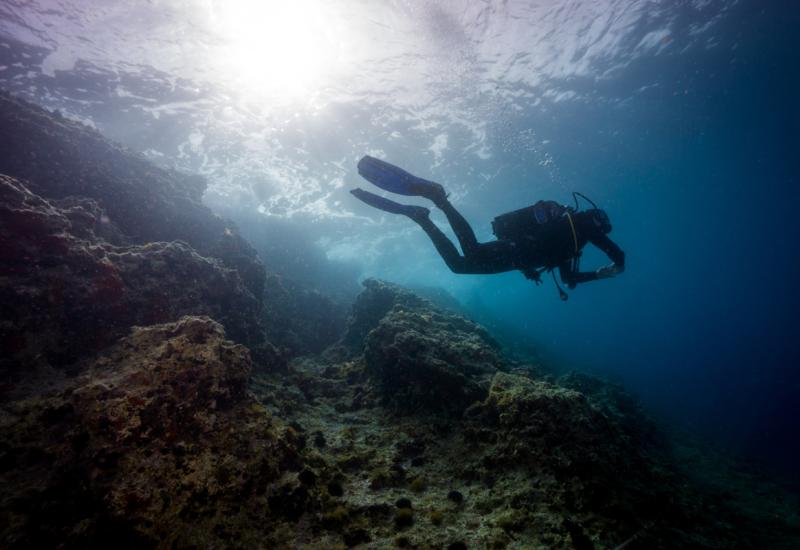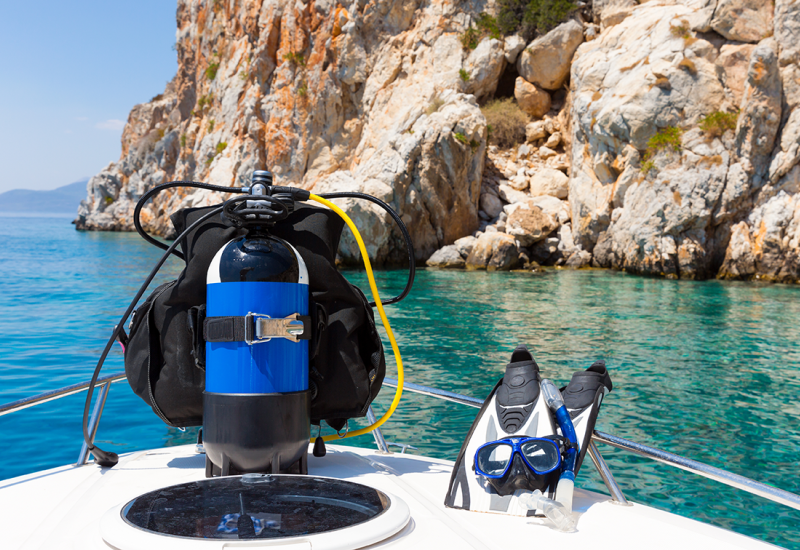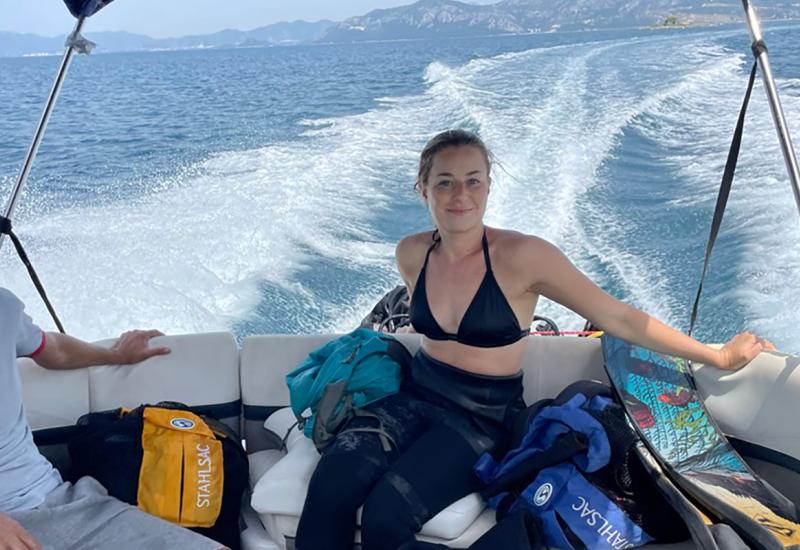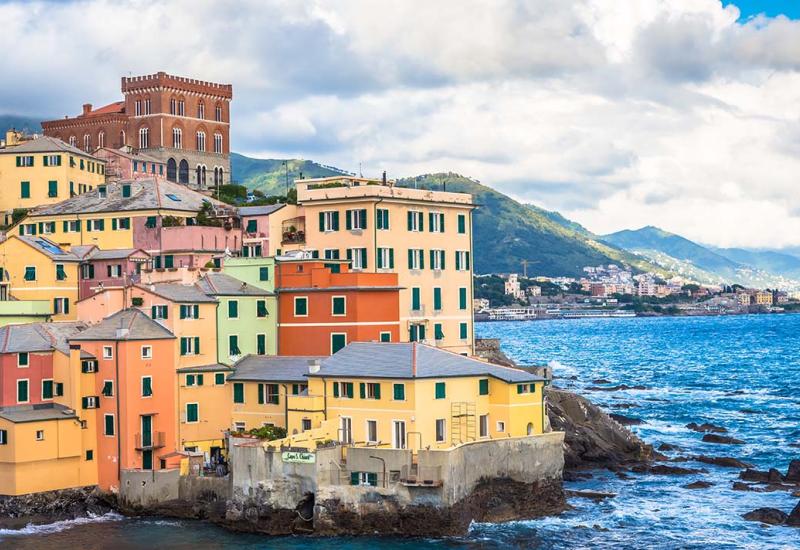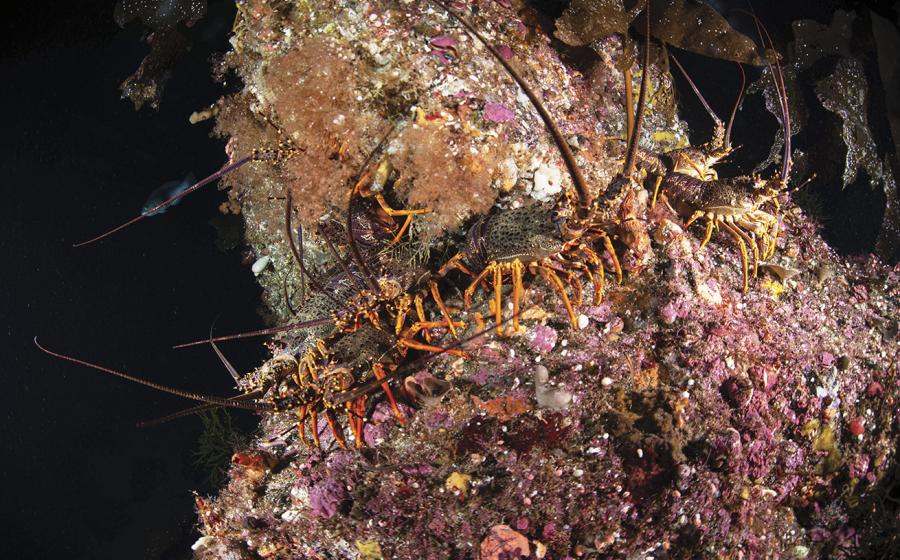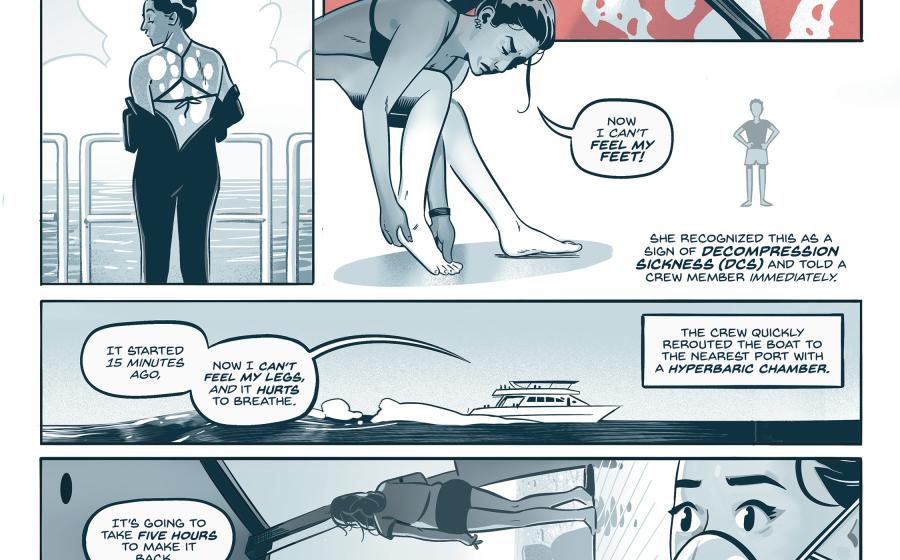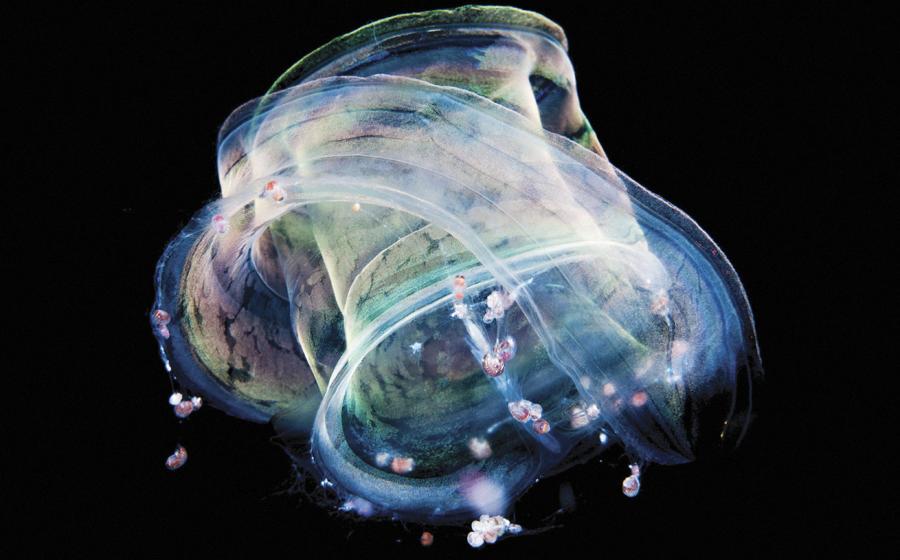Essential Europe - Scotland

Cold water (65 degrees in August, mid-40s during the fall and spring), craggy topography, prevailing winds and unpredictable tides can make diving in Scotland a bit challenging for the uninitiated. The water temperatures are warmest June through September. Visibility ranges anywhere from 5 to 75 feet. Scapa Scuba offers a six-day package that includes a PADI drysuit certification and a wreck specialty cert, with three days of wreck diving left over, for $1,884. The cozy Ferry Inn is near and houses a popular pub. Deep Blue Scuba offers two-dive days at St. Abbs for $50. More Info www.scapascuba.co.uk , www.ferryinn.com , www.deepbluescuba.co.uk
In June 1919, when Rear Adm. Ludwig von Reuter gave the orders to scuttle, or deliberately sink, the 74 remaining ships of his own German High Seas Fleet, the idea was to keep the vessels from falling permanently into the hands of the victorious Allies. Unbeknownst to von Reuter, the admiral also created for future generations one of the world’s most sought-after sites for wreck diving. Seven of the ships — three battleships and four light cruisers — still lie on the seafloor of Scapa Flow, in Scotland’s Orkney Islands, where they were later joined by several World War II blockships and one destroyer. To the southwest, in the Inner Hebrides, divers can find another big cluster of wrecks in the Sound of Mull, some of which date back to the 17th century. Extreme caution should be taken at both sites, however, as many of these vessels sit in deep, cold water and visibility can be very low. If natural history appeals to you more than naval history does (or if you’re not quite ready to take on wreck dives in challenging conditions), head to St. Abbs and Eyemouth Voluntary Marine Reserve on Scotland’s east coast, where you can swim through the famous archway of Cathedral Rock into a moonscape of soft corals, sponges and plumose anemones. Octopus and lobster frequently crawl around the overhanging ledges, and the resident band of ballan wrasse might even follow you along. Scotland’s waters are fairly chilly, but after your diving is done for the day, you can always warm up with the country’s most famous export: single-malt scotch. -- Bronwen Dickey
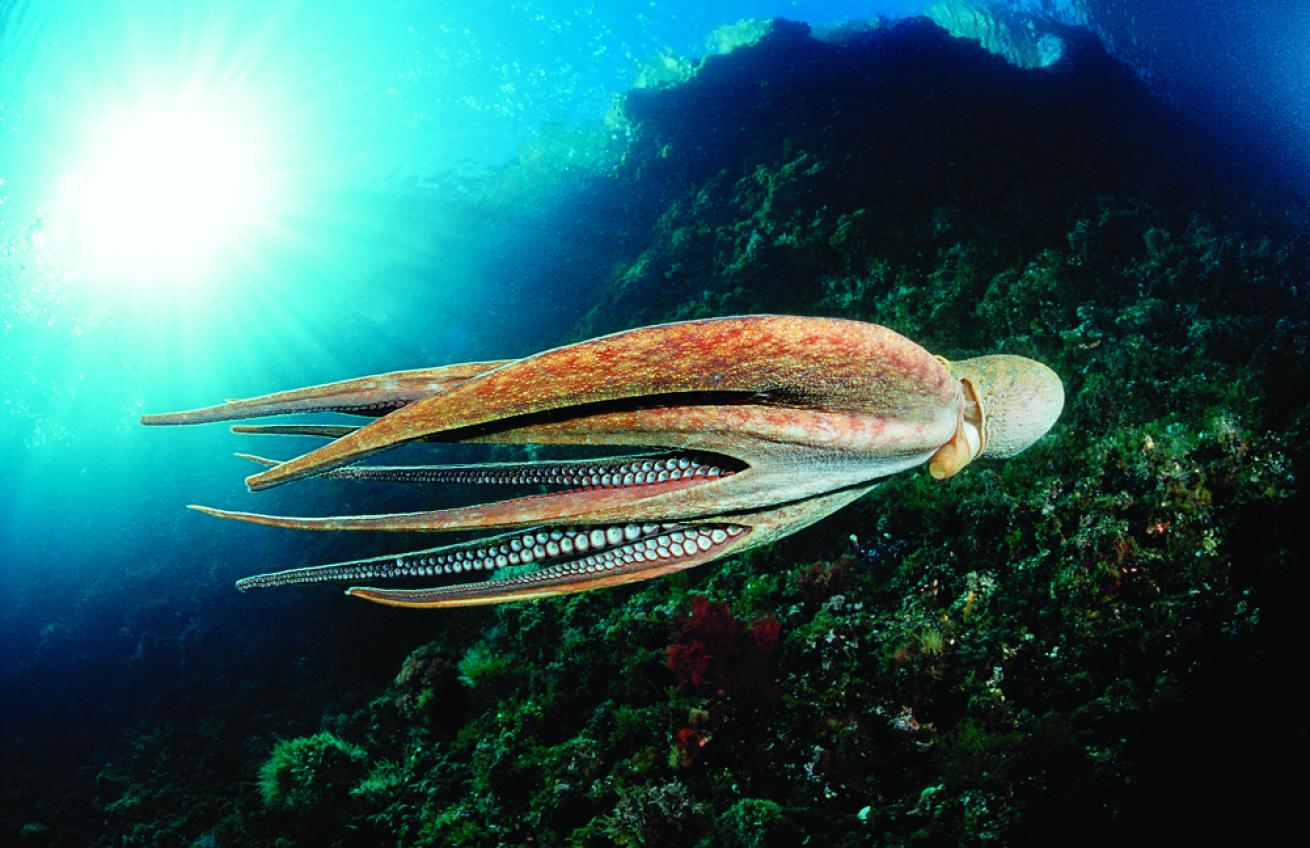
Cold water (65 degrees in August, mid-40s during the fall and spring), craggy topography, prevailing winds and unpredictable tides can make diving in Scotland a bit challenging for the uninitiated. The water temperatures are warmest June through September. Visibility ranges anywhere from 5 to 75 feet. Scapa Scuba offers a six-day package that includes a PADI drysuit certification and a wreck specialty cert, with three days of wreck diving left over, for $1,884. The cozy Ferry Inn is near and houses a popular pub. Deep Blue Scuba offers two-dive days at St. Abbs for $50. More Info www.scapascuba.co.uk , www.ferryinn.com , www.deepbluescuba.co.uk
In June 1919, when Rear Adm. Ludwig von Reuter gave the orders to scuttle, or deliberately sink, the 74 remaining ships of his own German High Seas Fleet, the idea was to keep the vessels from falling permanently into the hands of the victorious Allies. Unbeknownst to von Reuter, the admiral also created for future generations one of the world’s most sought-after sites for wreck diving. Seven of the ships — three battleships and four light cruisers — still lie on the seafloor of Scapa Flow, in Scotland’s Orkney Islands, where they were later joined by several World War II blockships and one destroyer. To the southwest, in the Inner Hebrides, divers can find another big cluster of wrecks in the Sound of Mull, some of which date back to the 17th century. Extreme caution should be taken at both sites, however, as many of these vessels sit in deep, cold water and visibility can be very low. If natural history appeals to you more than naval history does (or if you’re not quite ready to take on wreck dives in challenging conditions), head to St. Abbs and Eyemouth Voluntary Marine Reserve on Scotland’s east coast, where you can swim through the famous archway of Cathedral Rock into a moonscape of soft corals, sponges and plumose anemones. Octopus and lobster frequently crawl around the overhanging ledges, and the resident band of ballan wrasse might even follow you along. Scotland’s waters are fairly chilly, but after your diving is done for the day, you can always warm up with the country’s most famous export: single-malt scotch. -- Bronwen Dickey

